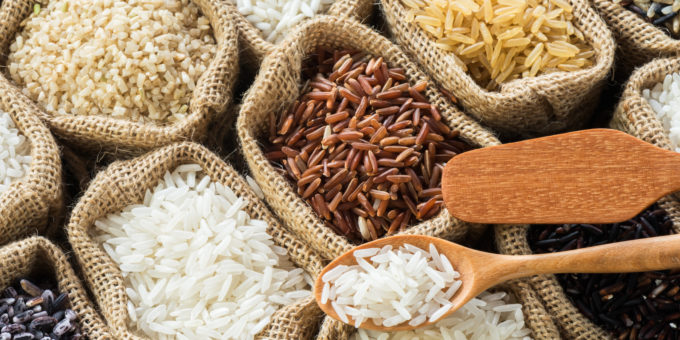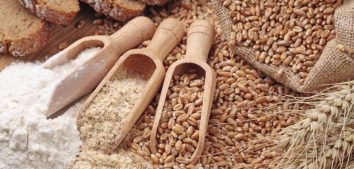
How to cook rice?
Did you know that thermal treatment can significantly influence calorific value of a dish? And I don’t mean only the differences between a fried or boiled dish. I have recently come across some very interesting research which shows that the right thermal treatment may significantly affect dishes containing… rice.
Rice has a lot of health benefits. When consumed boiled it has antidiarrhoeal effect. Moreover, rice is usually well tolerated by our body. It does not cause flatulence and digestive discomfort. Brown rice has a higher nutritional value than white rice. Due to high content of fiber, brown rice effectively stimulates digestion and consequently helps get rid of constipation. Thanks to its cover which is rich in various nutrients, brown rice can also effectively reduce cholesterol level!
Unfortunately, rice is a high-calorie product. A glass of boiled rice usually contains about 200 calories! That is why many of You give it up, which is wrong! Scientists have indicated that a proper thermal treatment can efficiently reduce the calorific value of rice even by 50-60%.
Rice contains two types of starch: the digested and starch resistant to digestion. We do not have the enzyme responsible for digesting the resistant starch, which means our body is not able to convert this starch to simple sugars and absorb it into the bloodstream.
During National Meeting & Exposition of the American Chemical Society in 2015 scientists presented interesting results of research showing that by alternate process of heating and cooling the amount of resistant starch can be increased,and as a result the absorption of calories from rice can be decreased. According to scientists, rice should be boiled for about 40 minutes. It turns out that the cooking process is just a part of this magic, chemical food experiment. Before consumption it is best to refrigerate rice for 12 hours. During this extended cooling process rice begins to gel. A protective layer forms on rice grains, which changes their structure seemingly. Digested starch turns into resistant starch and the grains become resistant to the activity of digestive enzymes. This means that fewer calories from rice can be absorbed by our body!
Fortunately, you don’t have to eat rice cold to keep the lower amount of calories. Scientists claim that heating up the rice at a later time does not change its composition. According to research, rice prepared in this way can not only help us maintain the right weight but can also stimulate the development of intestinal flora which is beneficial for our organism.
Source:
Sudhair J, Pushparaj T, Thavarajah D, Premakumara S, Abeysekara K, Sotheeswaran S. Rice (Oryza sativa L.) resistant starch and novel processing methods to increase resistant starch concentration. American Chemical Society National Meeting, Denver. AGFD. 2015: 33.










Comments No Comments
Join the discussion…